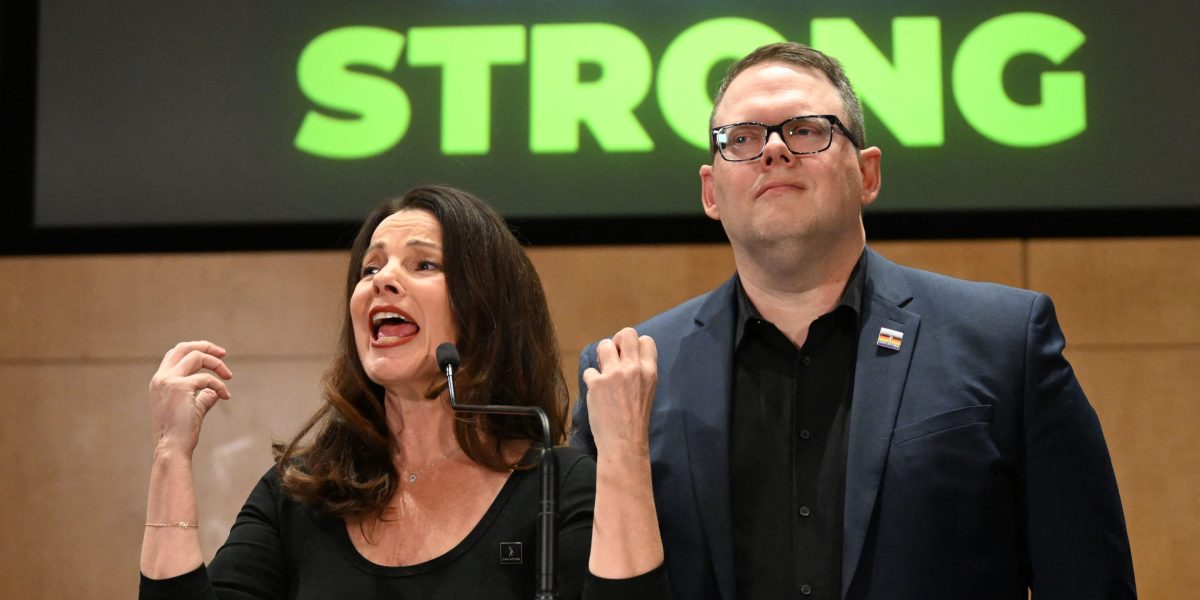The Screen Actors Guild’s national board approved the new, strike-ending labor agreement reached this week with Hollywood studios, sending the deal to a vote by union members.
SAG officials led by President Fran Drescher and chief negotiator Duncan Crabtree-Ireland announced the vote at a press conference Friday. The tally was 86% in favor.
“This wonderful group of performers needs a union to protect them,” Drescher said at the conference. She called the agreement, valued at more than $1 billion, “the largest in our industry’s history.”
The accord ended a four-month long walkout that largely shut down film and TV production. It has led to delays in major film releases and sent TV networks scrambling to fill their fall schedules with reruns, game shows and other unscripted fare.
The three-year contract includes a 7% hike in minimum pay for actors in the first year. They also won their first-ever bonus payments for shows that do well on streaming services and assurances that their images can’t be reproduced by artificial intelligence without their consent and compensation.
“That’s real money that they had to yield to,” Drescher said.
The new contract ends a historic period of labor unrest for the entertainment industry. The actors joined Hollywood screenwriters who began their own walkout in May. It was the first time the two unions had halted work at the same time in more than four decades.
With TV shows and films out of production, the strikes had a spillover effect on everyone from stagehands to restaurant workers in cities from Atlanta to Sante Fe, New Mexico. The total cost to the US economy could be as much as $10 billion, according to Todd Holmes, an associate professor at the California State University at Northridge. The TV business, where production cuts were underway before the walkouts, may not come back to the same level of activity.
The 11,500-member Writers Guild of America, which walked out over similar issues, reached a new deal in September. The Alliance of Motion Picture & Television Producers, which represents big studios like Walt Disney Co. and Netflix Inc. reached a new contract with the Directors Guild of America in June.
Read more: Why Hollywood Actors and Writers Went On Strike: QuickTake
Like the writers, the 160,000-member actors union benefited from direct involvement in the talks by some of the most powerful people in Hollywood. Executives including Disney’s Bob Iger, Netflix’s Ted Sarandos, Warner Bros. Discovery Inc.’s David Zaslav and NBCUniversal’s Donna Langley participated in the talks, working sometimes over the weekends to get a deal done.
Like the writers, the actors union framed the talks as debate over new technologies that threated their economic livelihood, like streaming services and artificial intelligence.
The actors sought a share of the revenue created by their shows on streaming services, at one point seeking 2% of sales and later proposing 57 cents per subscriber. The studios rejected those proposals but, as they did with the writers, established a bonus pool for successful shows on streaming.
As the talks dragged on, well past the September start of the new TV season, the studios proposed larger raises and bonuses than what the writers got.
The alliance representing the studios said the new agreement marks the biggest gain in the history of the union, including the largest increase in minimum wages in the last 40 years.




